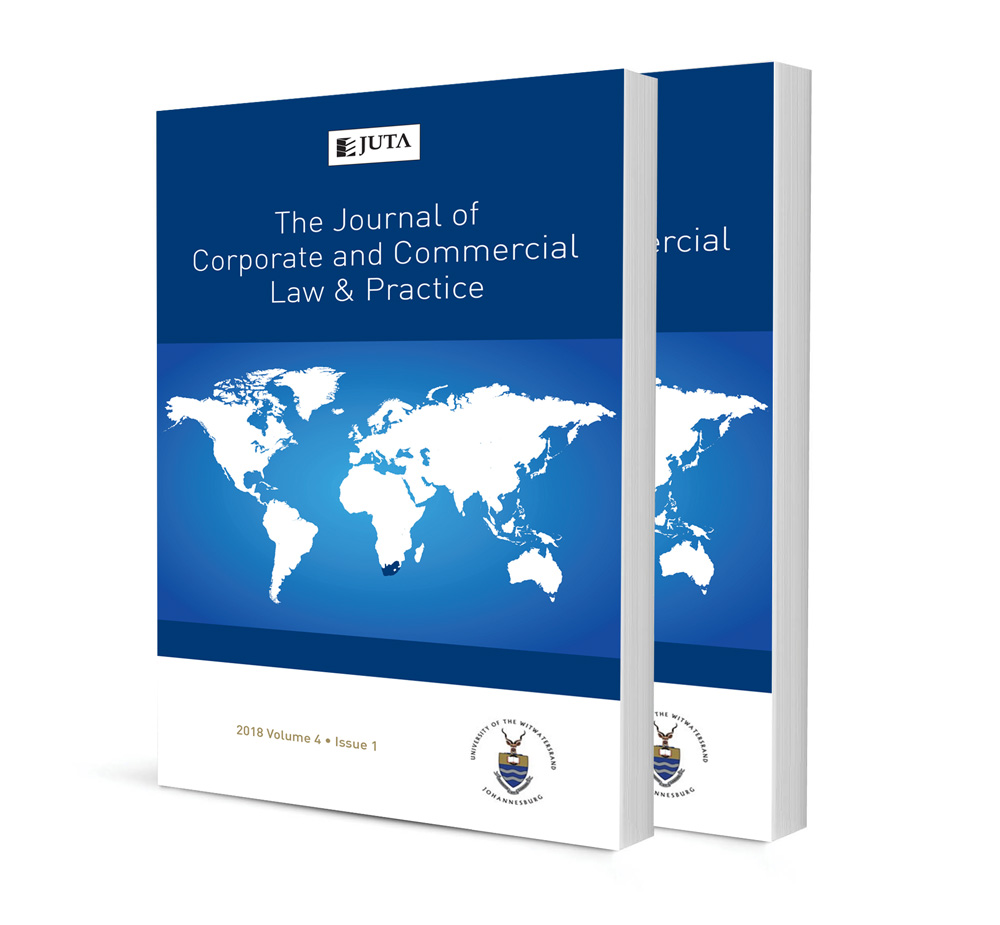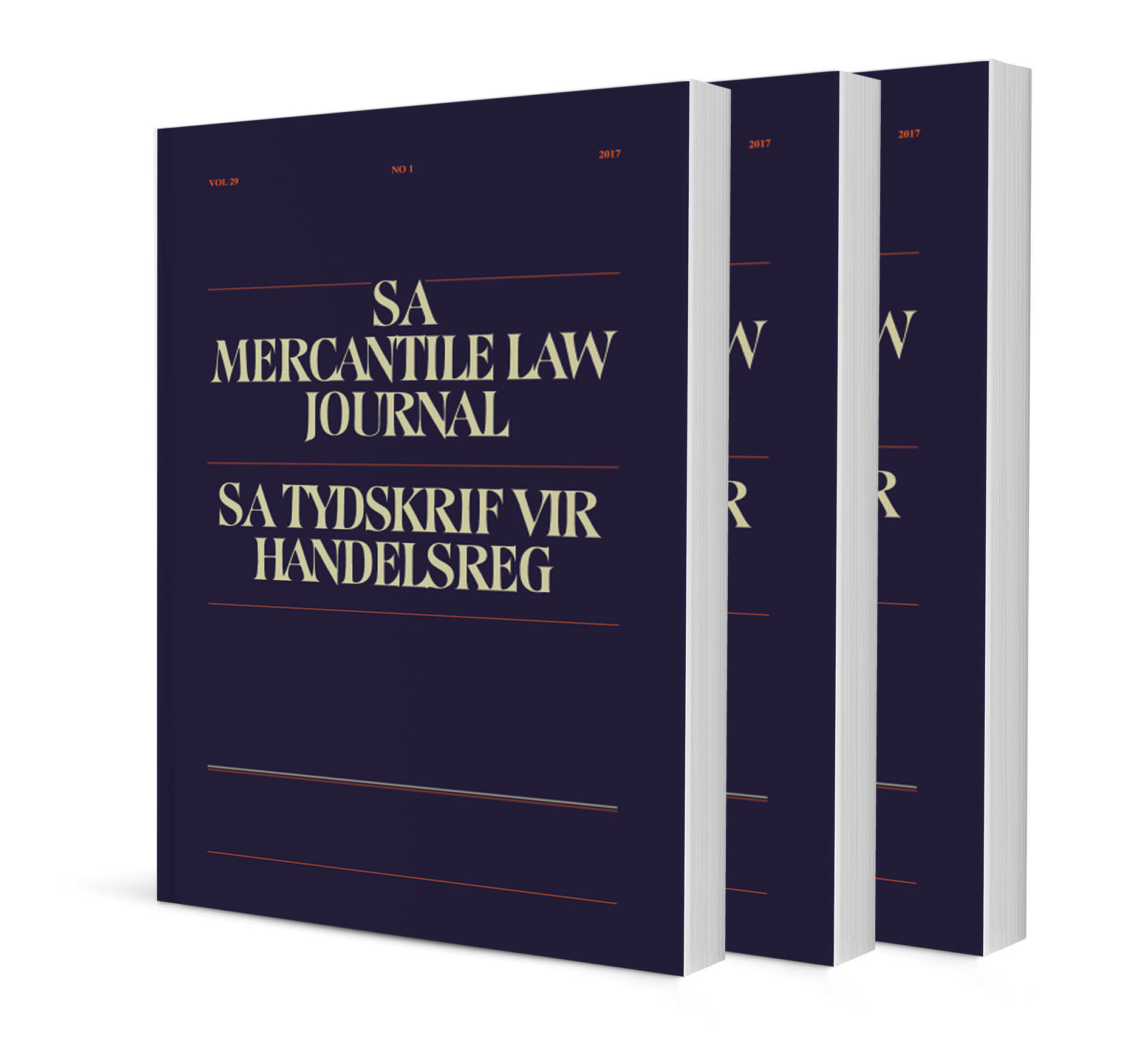Trade-based money laundering through documentary credits: A compliance and legal risk analysis for South African banks

Trade-based money laundering through documentary credits: A compliance and legal risk analysis for South African banks
Author: Tsanangurai Makuyana
ISSN: 2521-2575
Affiliations: Legal Officer, Manicaland State University of Applied Sciences, Zimbabwe
Source: Journal of Corporate and Commercial Law & Practice, Volume 10 Issue 1, 2024, p. 1 – 29
https://doi.org/10.47348/JCCL/V10/i1a1
Abstract
Trade-based money laundering (TBML) poses a significant risk to the global financial system, with documentary credits being a common yet complex channel for illicit financial flows. This article examines the compliance and legal risks associated with TBML through documentary credits for South African banks, which operate within a dynamic regulatory environment influenced by both domestic and international anti-money laundering (AML) frameworks. The article evaluates the vulnerabilities in trade-finance transactions, including misrepresentation of goods, over- and under-invoicing, and fraudulent documentation. It further assesses the effectiveness of South Africa’s current regulatory and enforcement mechanisms in mitigating these risks, considering the Financial Intelligence Centre Act (FICA) and international standards set by the Financial Action Task Force (FATF). By analysing case studies and compliance challenges faced by banks, the article proposes enhanced due diligence measures, and regulatory reforms to strengthen AML controls. The findings contribute to the broader discourse on combating TBML and offer practical recommendations for banks, regulators, and policymakers in South Africa to improve detection and prevention strategies.
